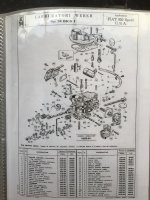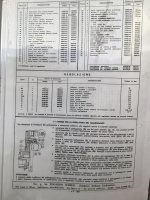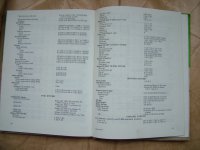Until a Forum member with specific knowledge can advise, in general terms with what I assuming is a progressive twin choke carb, in that until you put your foot right down, only the primary choke opens, the secondary opening when performance is more important than economy.
To that end I would suggest the smaller jets on the primary side which has the smaller choke side and with a progressive carb often has the choke flap operation for cold starting.
It may be irrelevant but on many twin choke carbs of that similar design I have found with the top off and the two air jets out, you have what I called emulsion tubes with drilled holes which could be removed using a match stick jammed into the hole, when these tubes were removed and banged gently on a hard surface often water and dirt would drop out which had been causing poor running, simply blowing with an air line often didn't shift this so worth checking.
Finally once everything is checked and reassembled including float height etc. it is well worth operating the throttle lever to check correct function of the progressive secondary choke side and that it is going all the way. Also when carb all connected on the vehicle and engine off have someone press the pedal to the floor as even slight loss of movement at the pedal can result in the secondary choke never opening, in the 1970s working on Lada 1200s Fiat 124 under licence) as a result of correcting the pedal operation the customer would be amazed how much better the vehicle performed.





